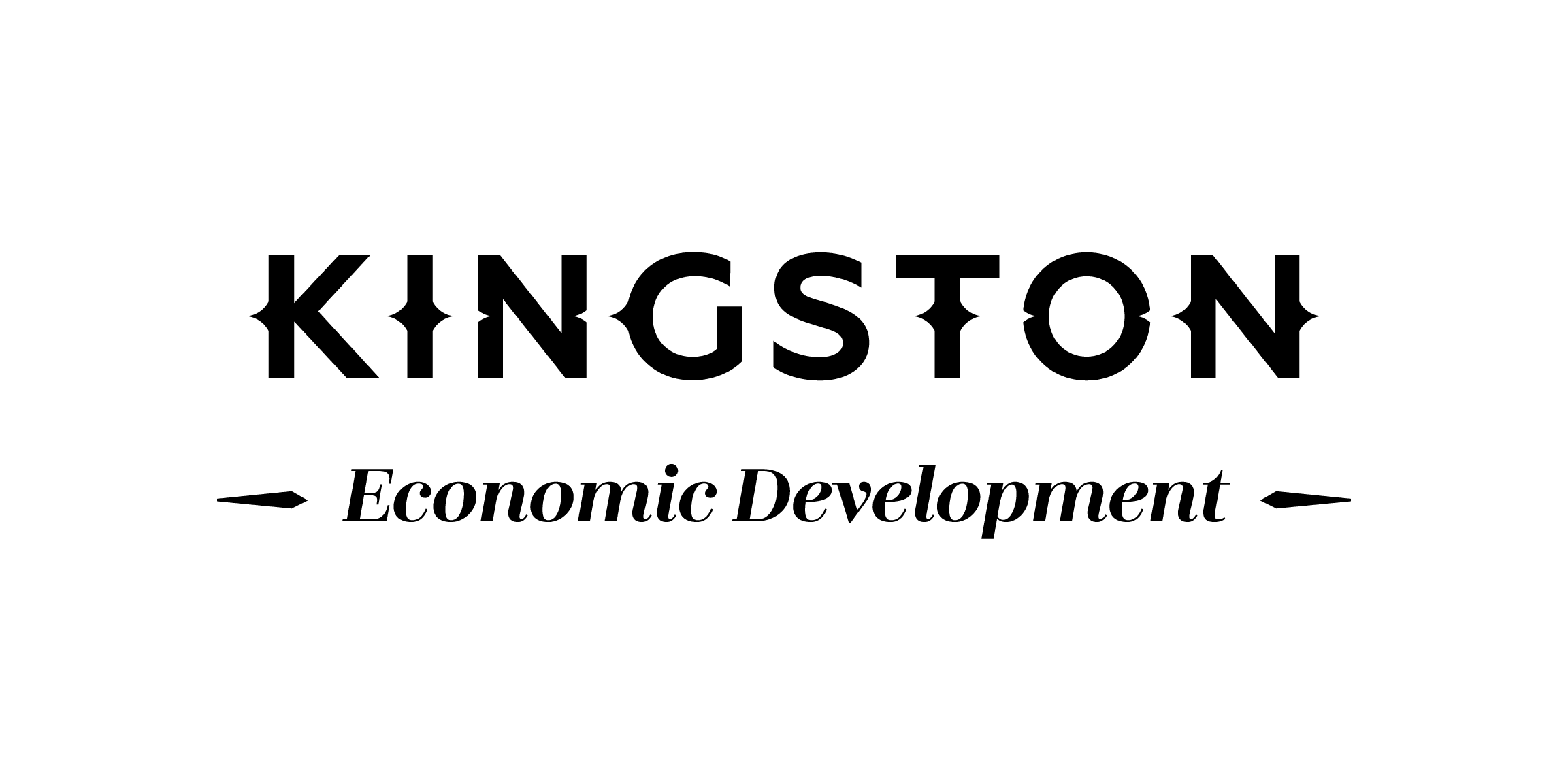
In less than 10 years, an innovative Kingston start-up has grown into an international success story that is revolutionizing assembly-line laser welding around the world, especially in the world of electric-vehicle battery manufacturing.
A decade ago, physics PhD candidate Paul Webster and his Queen’s thesis advisor, James Fraser, turned their attention from controlling surgical lasers to cutting and drilling metal with assembly line robots.
Knowing early on that they had a revolutionary and profitable idea, Dr. Webster approached Queen’s PARTEQ Innovations office for help patenting and marketing his “inline coherent imaging” technology. PARTEQ also introduced him to Kingston entrepreneur Roger Bowes. The pair licensed the technology from Queen’s and co-founded Laser Depth Dynamics (LDD).
Together they created technology that consistently monitors welding and cutting operations in minute detail while it is being done, eliminating the need to check each piece after the process. Live monitoring allows factories to avoid the waste of defective parts and saves after-the-fact inspection time.
In 2017, just five years after the launch of LDD, the innovative company was purchased by IPG Photonics, a Massachusetts-based, multinational laser company (NASDAQ:IPGP) that married the monitoring technology to its robotic, laser welding systems. The company’s LDD-700 laser-monitoring technology now offers automobile manufacturers and the aerospace industry exacting control of a range of welding operations. It is of particular interest to e-vehicle battery manufacturers; each battery requires thousands of delicate cells to be welded into place with tolerances measured in fractions of a hair width. Too shallow and the battery won’t work. Too deep and it will explode.
With about 30 highly trained employees, Dr. Webster says the company is committed to Kingston. “IPG likes our proximity to Queen’s,” he says. “They produce a diversity of talent and research that we need.”







